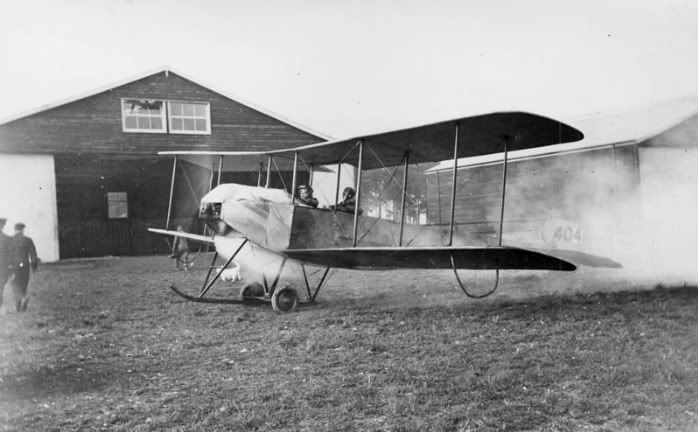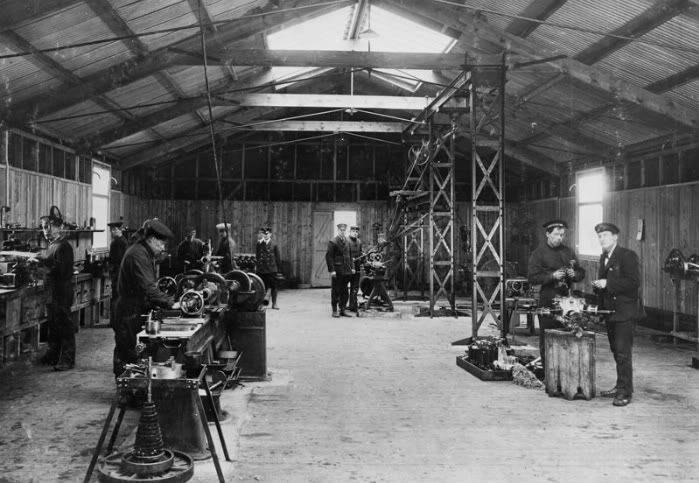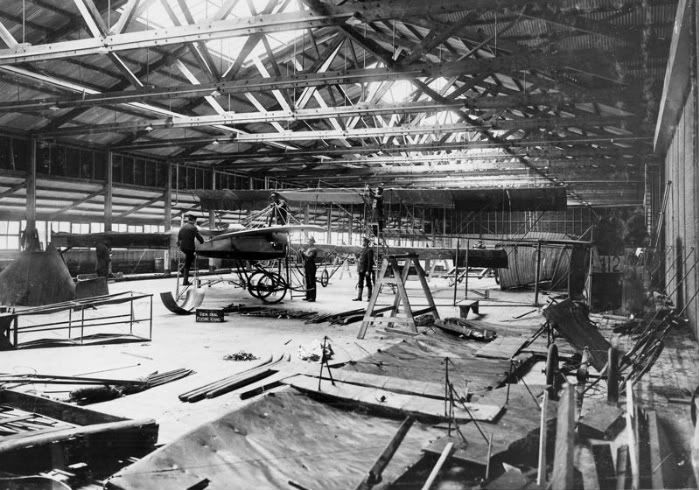The Central Flying School of the RAF is the longest serving flying school in the world.
The concept of a British military air force was born in 1911 when Herbert Asquith, the Prime Minister, instructed the Committee of Imperial Defence to examine the questions of naval and military aviation and suggest measures to create an efficient air force. The Committee recommended the formation of a Royal Flying Corps comprising a Military Wing, a Naval Wing, a Reserve, the Royal Aircraft Factory at Farnborough and the Central Flying School (CFS).

Central Flying School of the RAF
First course at CFS
Central Flying School of the RAF
Second Course at CFS
Central Flying School of the RAF
Third Course at CFSAlthough the cost of CFS was to be borne equally by the Army and the Navy, its administration was the responsibility of the War Office. In compensation, a naval officer, Captain Godfrey Paine, RN was chosen to be the first Commandant. He was informed by the First Lord of the Admiralty, Winston Churchill, that he must learn to fly within two weeks if he was to take up the appointment.
He successfully completed his somewhat rushed conversion at Eastchurch under the eye of Lieutenant Arthur Longmore, RN.
CFS was formed at Upavon in Wiltshire on 12 May 1912. The primary aim was not to produce aviators as such, but professional war pilots. This was to be achieved by accepting for advanced training only men who already held a Royal Aero Club Certificate, although they were offered a refund of part of their expenses incurred in private tuition.

Central Flying School of the RAF
AVRO 500
Central Flying School of the RAF
Engine Workshop at CFS
Central Flying School of the RAF
Repair WorkshopHaving obtained their Pilots Certificates in order to qualify for the course, the students were taught to fly all types of aircraft available at the school. The inventory then consisted of Maurice Farmans, Henri Farmans, Shorts, Avros and Bristol Bi-planes. No 1 course was completed on 5 December 1912 and graduates could carry out short cross-country flights and local flights of 20 to 30 minutes, at heights around 1500 feet. The ground training syllabus included theory of flight, map reading, strength of materials, military and naval aviation history, hints on flying and practical work on Gnome and Renault engines and aircraft repair. The standard for a pass was 50% in each subject and 60% overall.
One of the successful students on this first course was Major Hugh Trenchard who was later to become Lord Trenchard and first Marshal of the Royal Air Force. After his course Trenchard was appointed Senior Staff Officer at Upavon, although he had not then qualified for his military brevet. However, one of his duties was to set the examination papers, arrange and invigilate the examinations, correct the papers and assess the results. So he regularized the situation by setting himself a flying and ground examination, correcting his own paper and awarding himself his 'wings'.
Text Source -
http://www.centralflyingschool.org.uk/History/HistoryFrame.htm